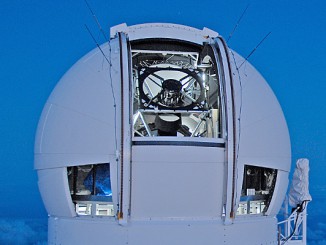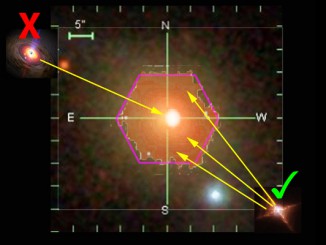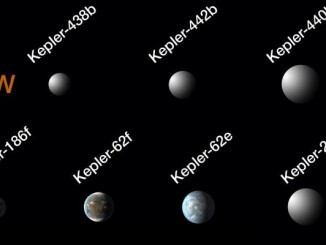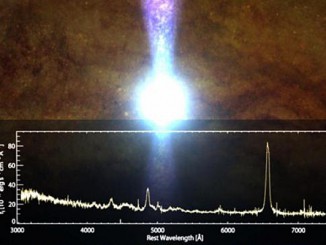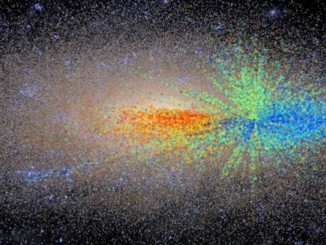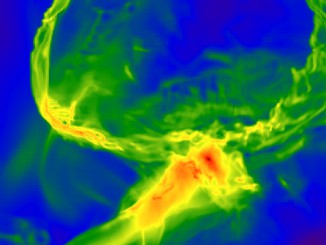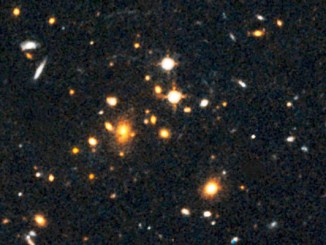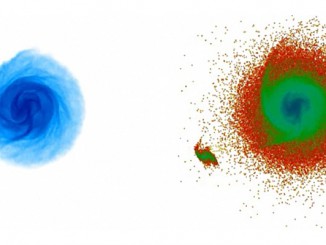
LOFAR radio telescope network to extend into Ireland
The world’s biggest connected radio telescope is about to become even bigger! A LOFAR (Low Frequency Array) station will be constructed this year on the grounds of Birr Castle, located centrally in Ireland. This is not only great news for Irish astrophysics, but also for the International LOFAR Telescope (ILT).


